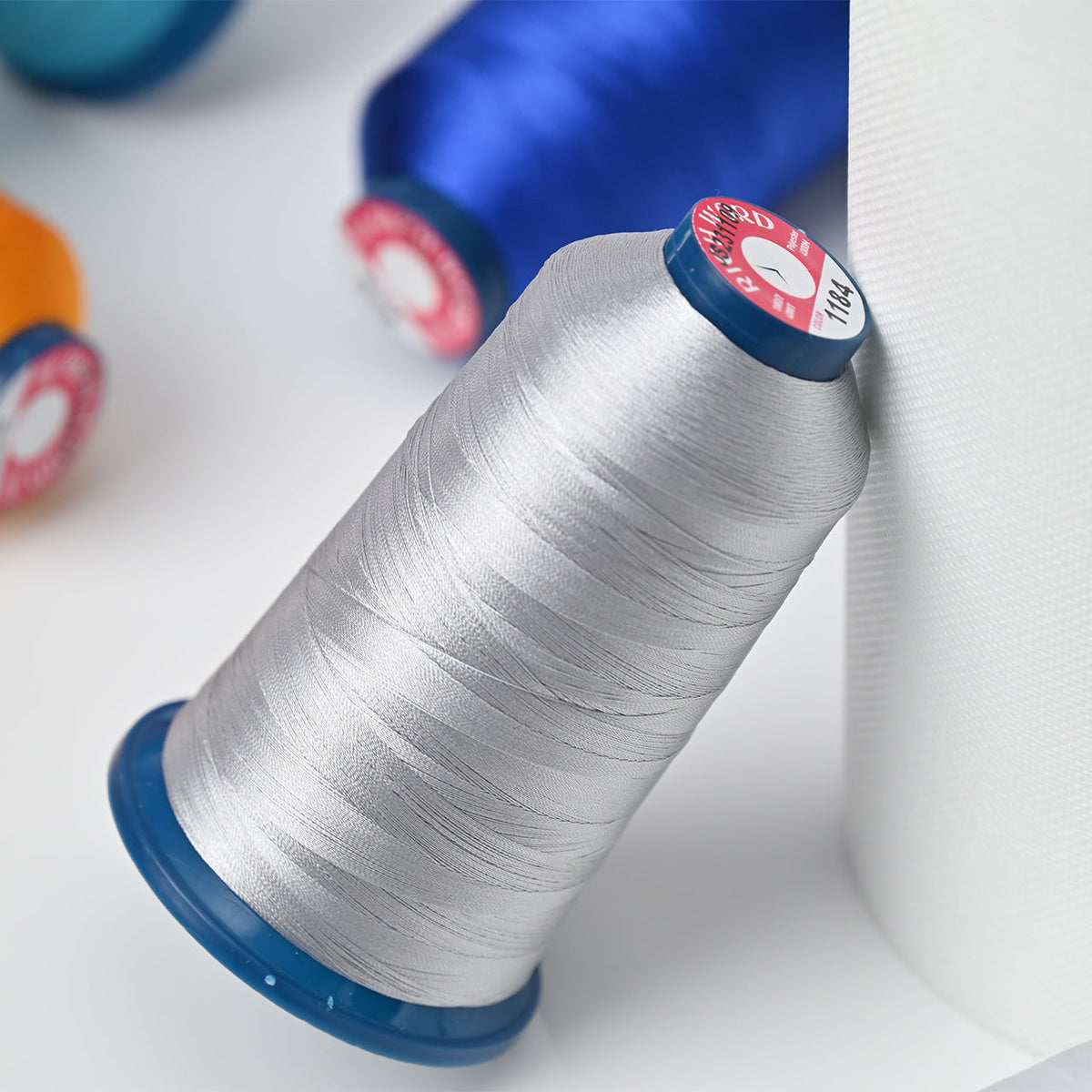
What should you know about embroidery threads?
|
|
Time to read 3 min
|
|
Time to read 3 min
Embroidery threads are special threads with rich colors, excellent softness and gloss, making them the best material for embroidery. As people's love and demand for crafts increase, the demand for embroidery threads is also increasing, so the production of them has become an important industry.
💡
Let’s introduce the production process and precautions of embroidery threads.
Raw material preparation: The raw materials for embroidery threads are generally cotton, polyester, nylon and other fibers. High quality raw materials are generally selected to ensure the quality and service life of the threads. These raw materials need to be screened, cleaned, and dyed.
Dyeing: Dye the yarn multiple times as needed to achieve the desired color.
Winding: Wrap the dyed yarn around a paper or plastic tube for subsequent processing and use.
Segmentation: Classify the wound yarn according to different specifications, colors, etc.
These production processes should be strictly controlled to ensure the quality of the thread production and the stability of color. Strict quality inspection should also be carried out during the production process, including indicators such as wire strength, color difference, and breakage rate, to ensure that the quality of the threads meet the standards.
Packaging: Package the finely divided embroidery threads, usually including plastic bags, paper boxes, etc. Avoid moisture, heat, and pressure on the threads to ensure their quality and service life.
Inspection: Conduct quality inspection on the packaged embroidery threads to ensure that the products meet the standards.
At the same time, they should also comply with environmental requirements, avoid the use of harmful substances, and reduce pollution to the environment.
Shipment: Qualified embroidery threads can be shipped to sales channels or customers.
The above is the basic process of embroidery thread production, and the process may vary slightly from different manufacturers.
The above is a brief introduction to the advantages and disadvantages of various commonly used materials for embroidery threads. You can choose the embroidery thread that best suits you based on their characteristics.
Your cart is currently empty.
Start Shopping
